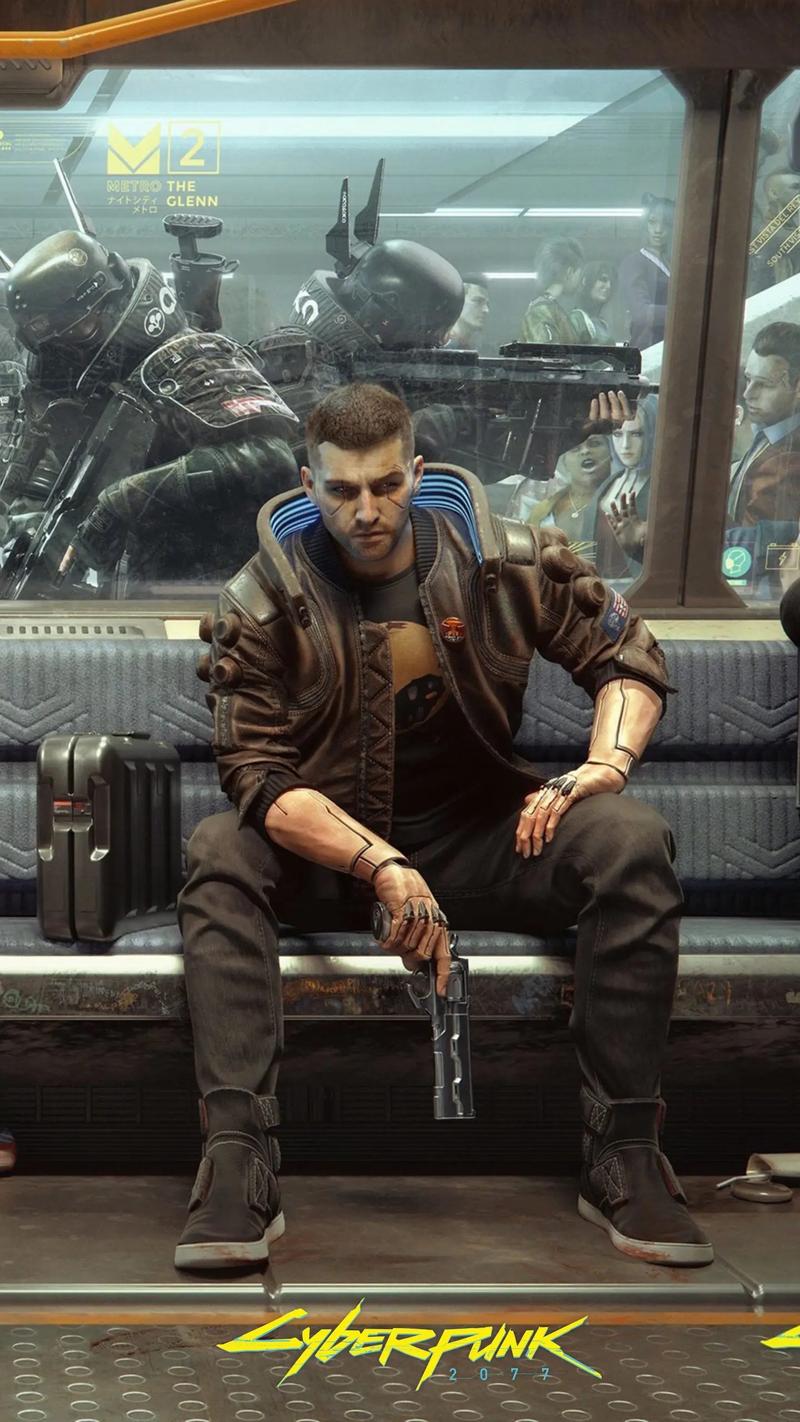Mastering Starfield Turret Placement: A Complete Guide to Optimal Defense Coverage
So, you've finally saved up enough credits, gathered the necessary components, and installed a set of powerful turrets on your starship in Starfield. You're ready to take on the Settled Systems, confident that any Spacer, Pirate, or Va'ruun zealot who dares to challenge you will be swiftly turned into space dust. But then, during a hectic dogfight, you notice something wrong. Your turrets are firing wildly, struggling to track targets, or, even worse, they're completely silent while your hull integrity plummets. What gives?
The secret that veteran star captains know isn't just about having turrets; it's about placing them correctly. Optimal turret placement is the single most important factor in transforming your ship from a vulnerable target into an impenetrable fortress. This guide is designed to be your one-stop resource, breaking down everything you need to know about turret positioning to achieve maximum defensive coverage and keep your ship safe in the most chaotic of firefights.
Understanding Turret Mechanics: The Foundation of Placement
Before we start attaching turrets willy-nilly, we must understand how they work. Unlike fixed weapons or gimbals that fire in the direction your ship is pointing, turrets are autonomous. They have their own firing arcs—a cone of space within which they can acquire and engage enemies.

Key mechanics to remember:
- Fire Arcs: Each turret has a 360-degree horizontal rotation, but its vertical rotation is limited. This creates a "doughnut" or "sphere" of coverage, with potential blind spots directly above and below the turret, depending on its placement.
- Autonomous Targeting: Turrets automatically engage enemies within their range and fire arc. You don't directly control their aim, which is why placement is so critical—you're programming their behavior through their location.
- Line of Sight: This is the golden rule. If a turret cannot physically "see" the enemy because a part of your own ship is in the way, it cannot fire. A turret buried deep in the center of your ship is a useless turret.
The Core Principles of Optimal Defense Coverage
To achieve true 360-degree protection, you need to think in three dimensions. Space combat in Starfield happens all around you, and your defense must reflect that.
1. The High Ground: Top-Mounted Turrets Placing turrets on the top of your ship is crucial for dealing with enemies who love to dive from above. This is a common attack vector, especially from agile fighters.
- Best For: Covering your dorsal (top) hemisphere and engaging enemies that are at a higher altitude than you.
- Placement Tip: Use structural pieces like spines or wings to elevate turrets slightly, giving them a clearer line of sight over other ship modules. Avoid placing them directly next to tall structures like communication arrays, which can block their field of view.
2. Protecting Your Underside: Bottom-Mounted Turrets The underbelly of your ship is often its most vulnerable area. It's harder for you, the pilot, to see threats from below, and without bottom-mounted turrets, an enemy can sit in your blind spot and whittle your health down with impunity.
- Best For: Eliminating threats from the ventral (bottom) hemisphere. Essential for larger, slower ships that can't easily shake a tail.
- Placement Tip: Look for flat, exposed areas on the bottom of your hull. Landing gears can sometimes get in the way, so plan around them. A well-placed bottom turret can be the difference between escaping a swarm and becoming scrap metal.
3. Flanking Power: Port and Starboard Turrets Covering your sides completes the defensive sphere. Side-mounted turrets are excellent for broadside engagements and for hitting enemies that are trying to strafe around you.
- Best For: Creating a wide, horizontal kill zone. They are highly effective at engaging multiple targets that are not directly in your forward or rear firing arc.
- Placement Tip: Symmetry is your friend here. Placing turrets on both the left (port) and right (starboard) sides ensures balanced coverage. Attach them to the sides of habs or structural hulls, ensuring they protrude enough to have a clear shot past the wings or other attachments.
Advanced Strategies for Maximum Efficiency
Once you've grasped the basic top-bottom-sides approach, you can refine your placement for truly formidable defense.
The Art of Overlapping Fields of Fire The goal of optimal turret placement isn't just to cover all angles with individual turrets; it's to create areas where multiple turrets can engage the same target. This overlapping field of fire is the key to quickly deleting high-priority threats.
- How to Achieve It: Position your turrets so that their firing arcs intersect in the most likely threat zones—directly above, below, and to the sides of your ship. For example, a top-mounted turret and a side-mounted turret should both be able to target an enemy that is above and to your right. This concentrated firepower can overwhelm an enemy's shields and hull in seconds.
Minimizing Blind Spots and Obstructions A blind spot is an area where no turret has a line of sight. Your mission is to make these as small as possible.
- The Preview is Your Best Tool: In the Ship Builder, when you select a turret, its firing arc will be displayed. Rotate your camera around the entire ship. Look for gaps in the coverage. Pay close attention to the areas directly fore and aft of your ship, as these are common blind spots that require specific turret positioning to cover.
- Avoid "Friendly Fire" Obstructions: A turret placed too close to a wing or a large container might have its forward view blocked. Always try to place turrets on the outermost edges of your ship or on elevated platforms. Think of them as sentries on a castle wall—they need a clear view of the battlefield.
Specialized Placements for Different Ship Roles
Not all ships are created equal, and your turret placement strategy should reflect your ship's purpose.
-
Cargo Haulers (The "Flying Fortress"): Your priority is survival. You're big and slow. Focus on creating a near-perfect sphere of overlapping fire. Load up on both top and bottom turrets, with additional side turrets to swat away smaller fighters. Your philosophy is to make attacking you an unappealing proposition for any pirate.
-
Agile Fighters (The "Stinging Hornet"): You can't carry as many turrets due to mass and power constraints. Your best bet is to focus on covering your rear and flanks. A top-mounted turret and a bottom-mounted turret can provide excellent coverage while you focus your pilot-controlled weapons forward. This allows you to stay on the offensive while your turrets handle enemies that get behind you.
-
All-Rounders (The "Balanced Guardian"): This is where the standard top, bottom, and side placement truly shines. Use a balanced mix to create a robust, all-situations defense system that can handle whatever the Settled Systems throw at you.
Putting It All Together: A Step-by-Step Placement Checklist
- Assess Your Frame: Enter Ship Builder and look at your ship from top, bottom, front, back, and sides. Identify flat, open areas for potential turret mounts.
- Start with the Weak Points: First, place turrets to cover your most vulnerable areas—usually the bottom and rear.
- Create Overlap: Place your next set of turrets to create overlapping fields of fire with the first set. Aim for zones where enemy ships are most likely to be.
- Review and Refine: Use the firing arc preview. Spin your ship around. Identify any remaining blind spots. Is there a gap directly behind your engines? Is the area above your cockpit covered?
- Power Management: Remember that turrets require ship power to function. Ensure you have enough reactor capacity to power all your placed turrets to their maximum potential. An unpowered turret is just expensive decoration.
By following this comprehensive guide, you are no longer just installing weapons; you are architecting a defensive ecosystem for your ship. You will move from hoping your turrets work to knowing exactly how they will perform. So get out there, head to a ship services technician, and start experimenting. With thoughtful placement and a strategic mindset, you can craft the ultimate defensively covered starship, ready to claim its destiny among the stars.













